Something I value the most when shooting is sense of rhythm. I am checking whether I can achieve a satisfactory framing that matches the storyboard I have created in my head, at which moment I press the shutter. On this occasion I was in search of light and shadows during a trip to Shikoku, Japan and I felt that the 17-70mm F/2.8 Di III-A VC RXD (Model B070) that served as my third eye was the best lens to meet this requirement.
Actually, back in elementary school before I aspired to become a photographer, I longed to be a film director. I was especially enamored with director Eiji Tsuburaya, who is also known as the father of Godzilla. For that reason I also read a lot of books he authored. It was in those books that I came upon the words of him that still stick with me today: “get as close up, and as far away as possible.” Even now as a photographer, it is the perspective and framing that I care about the most when looking at and capturing a subject.
From 17mm at the wide end to the 70mm medium telephoto range, you can capture almost any subjects you can imagine in daily life. With the TAMRON 17-70mm F2.8, I was able to take advantage of the excellent close-range shooting performance at 17mm to get in as close as possible, crop a vast landscape to 70mm to focus on a point of interest, and then zoom out to 17mm again to capture an overall view of the vast landscape. In this way I was able to express scenes dynamically, taking full advantage of the lens’ characteristics. I found the world of close-up photography at 17mm particularly fascinating while shooting spirit-like moss and bark in the forests of the Mount Tsurugi range in Tokushima. I got so caught up in the moment that it was hard to stop shooting! Additionally, it is often not possible to use a tripod when shooting in these sites, and at these times the powerful VC (Vibration Compensation) mechanism came in very handy. This was a great help even when shooting in the Omogokei Gorge. I could not have shot these images without the VC feature, as I was waist-deep in a river and crouching down to brace against the current. At the same time, with a wide-open aperture of F2.8 at 17mm, I used the deformation effects unique to a wide-angle view to capture the flow of the river, while the high shutter speed made possible by the bright wide-open aperture enabled me to capture the splashes of water perfectly. At that same wide-open aperture but at a 70mm focal length, I was able to capture the new shoots of trees broadly announcing their presence on the cliffs, standing out against the Shikoku Mountains in the background.
When shooting landscapes, you need the wide 17mm angle to express the entirety of a mountain. And then to capture the overlapping mountains and snaking rivers in geometric terms, you need to zoom in to achieve compression effects at 70mm. But inevitably, this vast nature is made up of many tiny elements. A single tree or leaf, a patch of moss, and so on. The combination of a 17mm wide end with excellent close-up shooting features and an F2.8 aperture to bring out the background with beautiful bokeh proved effective. Despite the oft-repeated phrase that one “cannot see the forest for the trees,” a lot of landscape photography exhibits this tendency. But by remembering the teachings of director Tsuburaya and maximizing the potential of this lens, I was able to create images that negate those words.
Moreover, despite the wide focal range from 17 to 70mm, I was very satisfied with the image quality. The light gradations of the Shikoku mountains in the morning and evening were reproduced just as I desired, no matter the focal length. The idea that lenses with a high magnification suffer from poor image quality is an outdated idea.
Over this two weeks of shooting, not once did I mount anything other than the 17-70mm F2.8 to my camera. Everything I had wanted to shoot was well within the capabilities of this lens. I have no recent memory of a lens that has allowed me to concentrate this much on shooting. I don’t know if lenses have a soul, but if they do, this lens truly possessed mine. It ordered me to keep shooting for as long as there were seconds in the day. That’s how I ended up with 750GB of data after two weeks. If you are looking for a lens that will compel a photographer to shoot endlessly, the TAMRON 17-70mm F2.8 is your ticket.
Profile
Masaaki Aihara
Born in Tokyo, he traveled around the Australian continent on a motorcycle in 1988 and became obsessed with the fascination and started taking photographs. Since then, he has continued to photograph Australia under the theme of “Portrait of the Earth. He has also photographed real estate, architecture, advertising, classical arts, and trains. He has held numerous solo exhibitions overseas, including at Photokina in Germany and in Australia. He currently holds the title of Friend of Tasmania (Goodwill Ambassador of Tasmania, Australia).



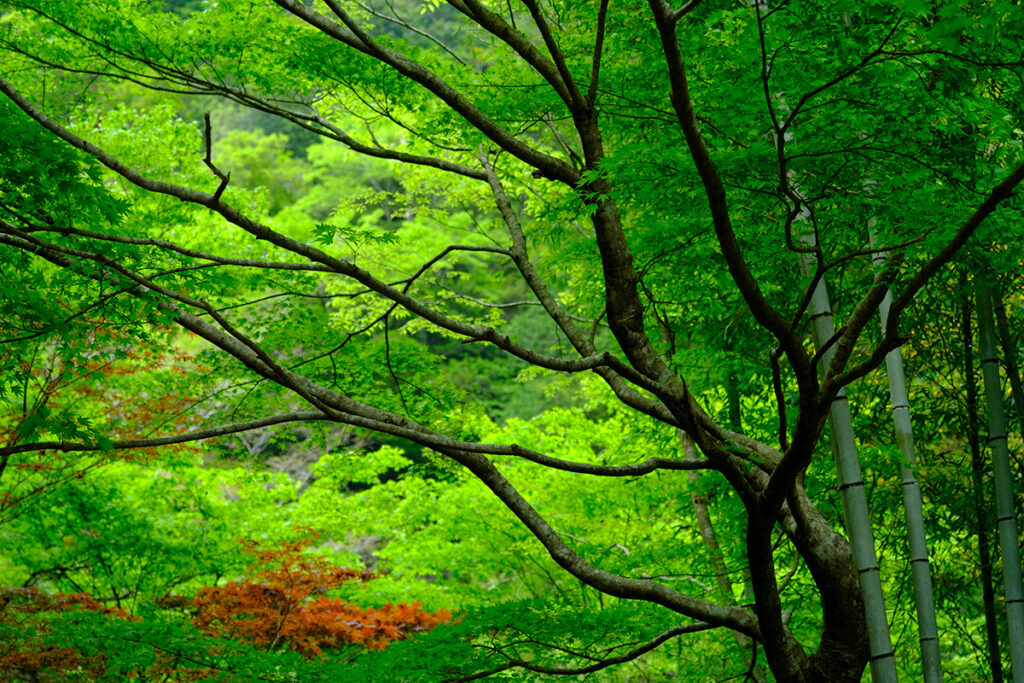
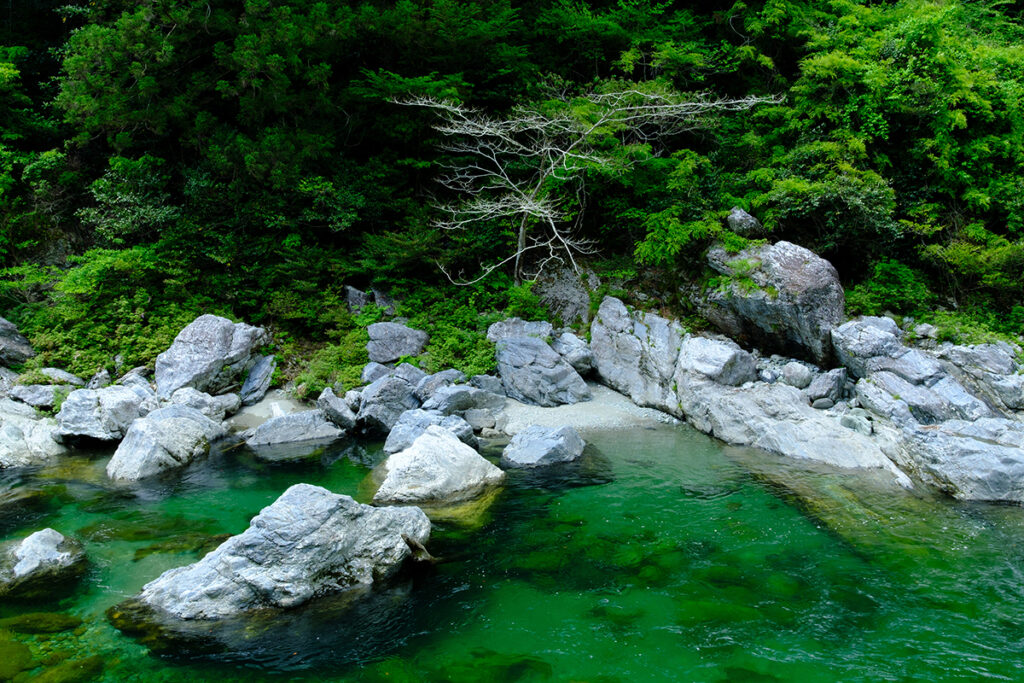
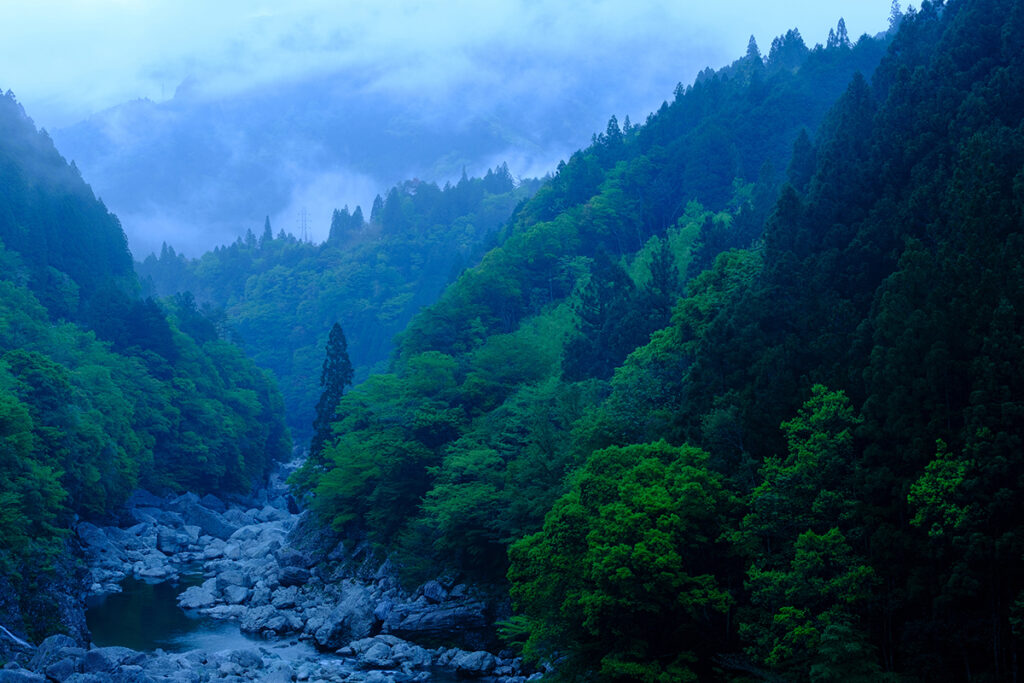
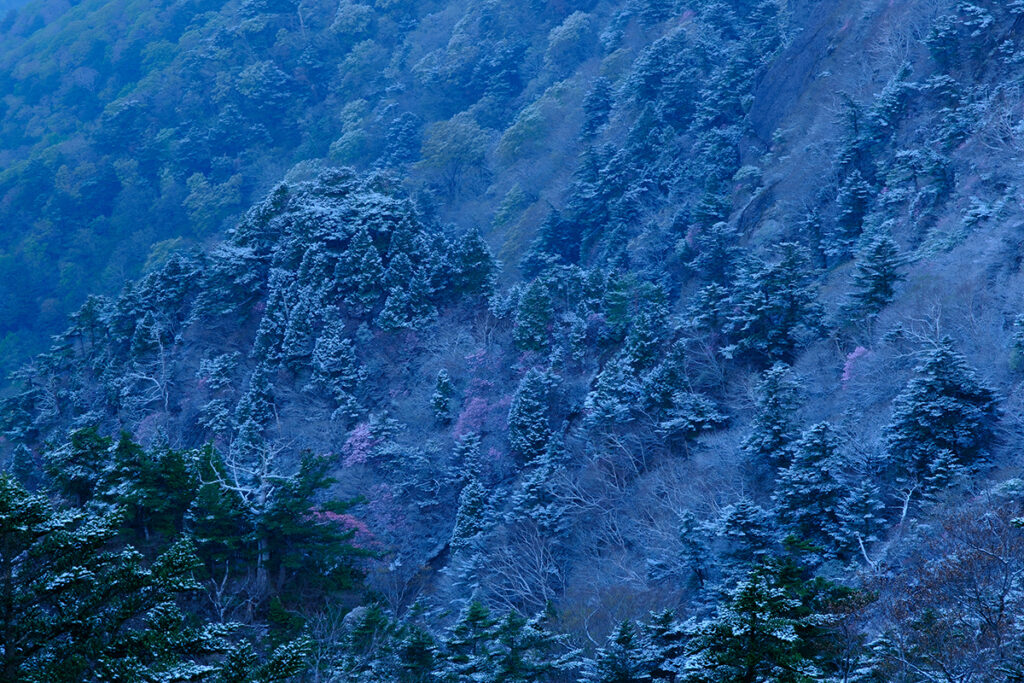
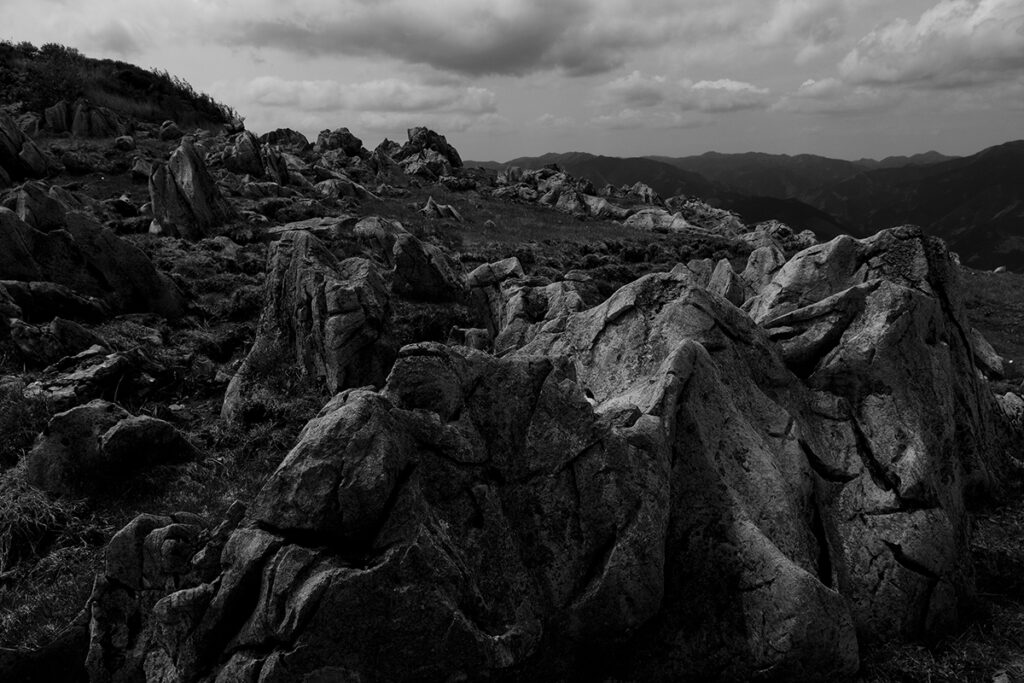
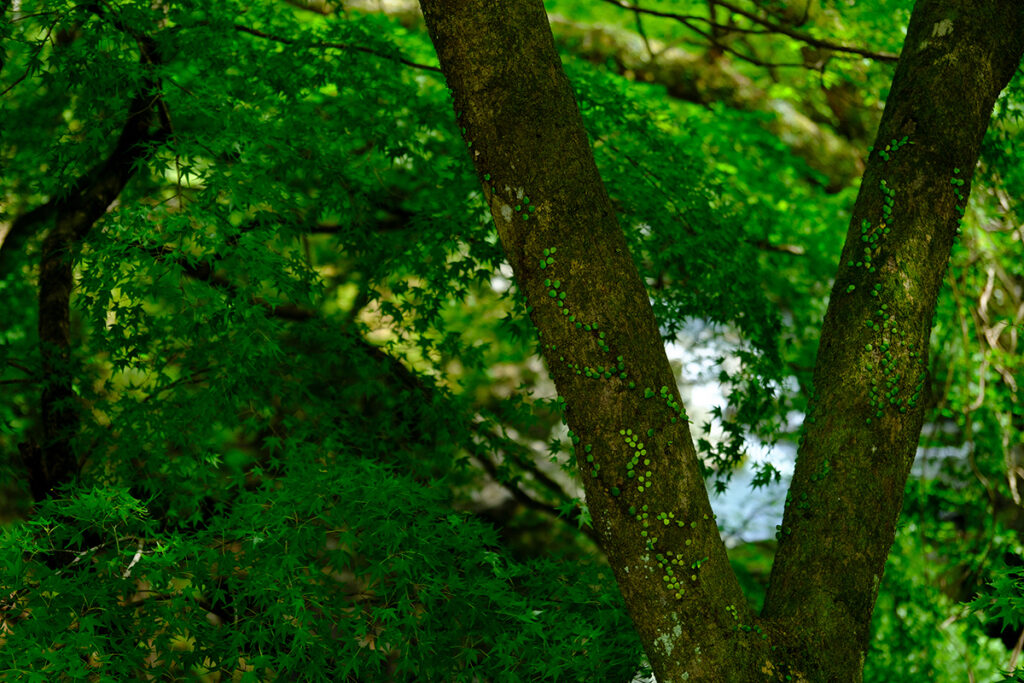
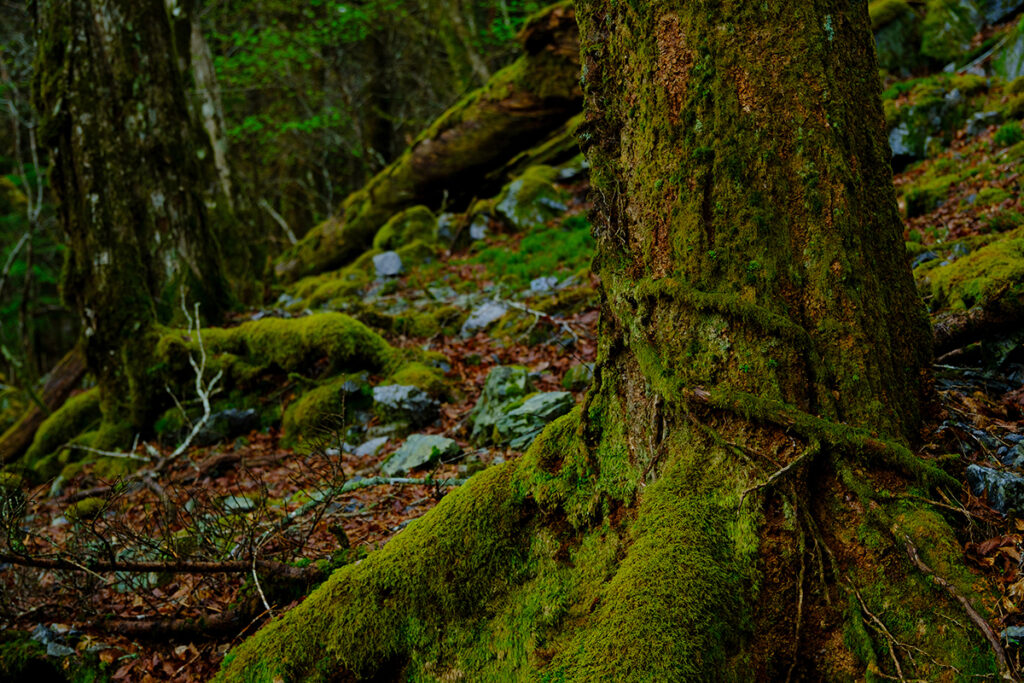
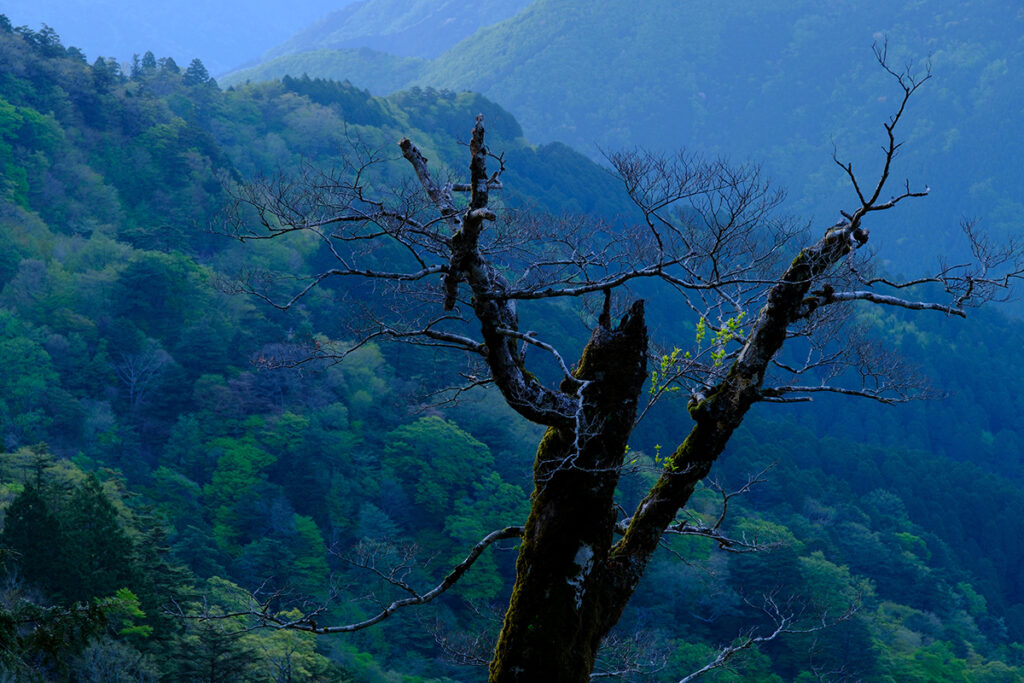
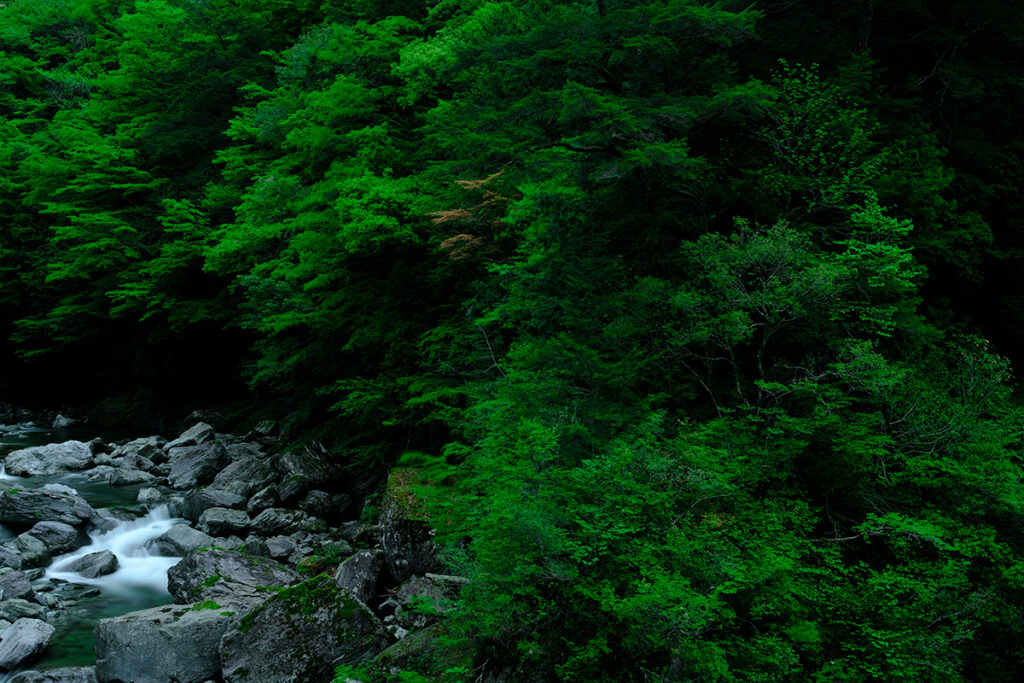
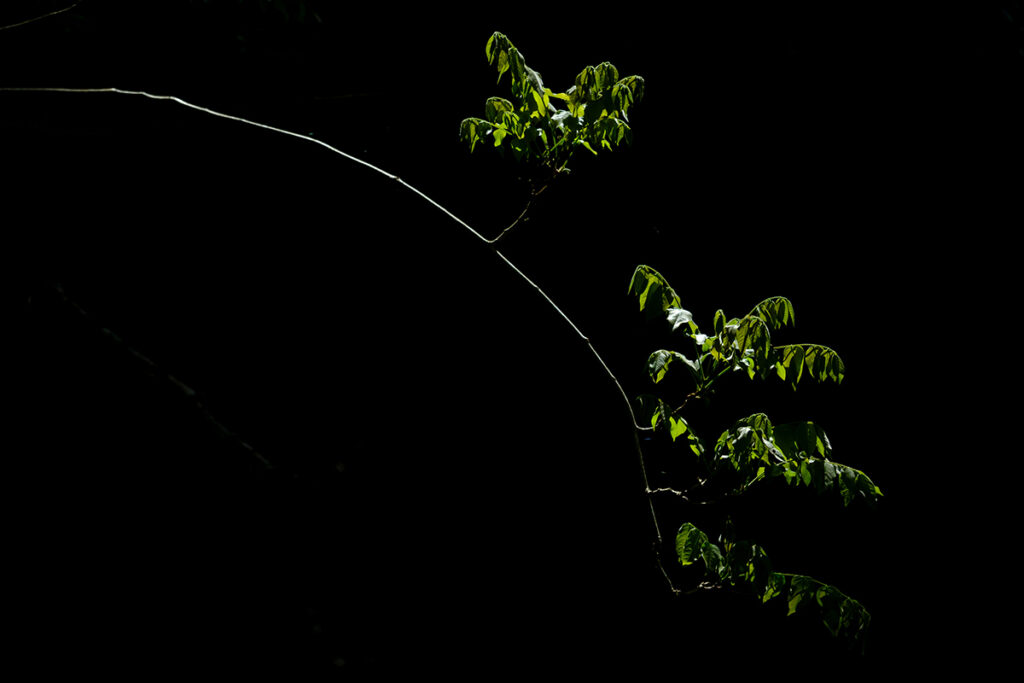
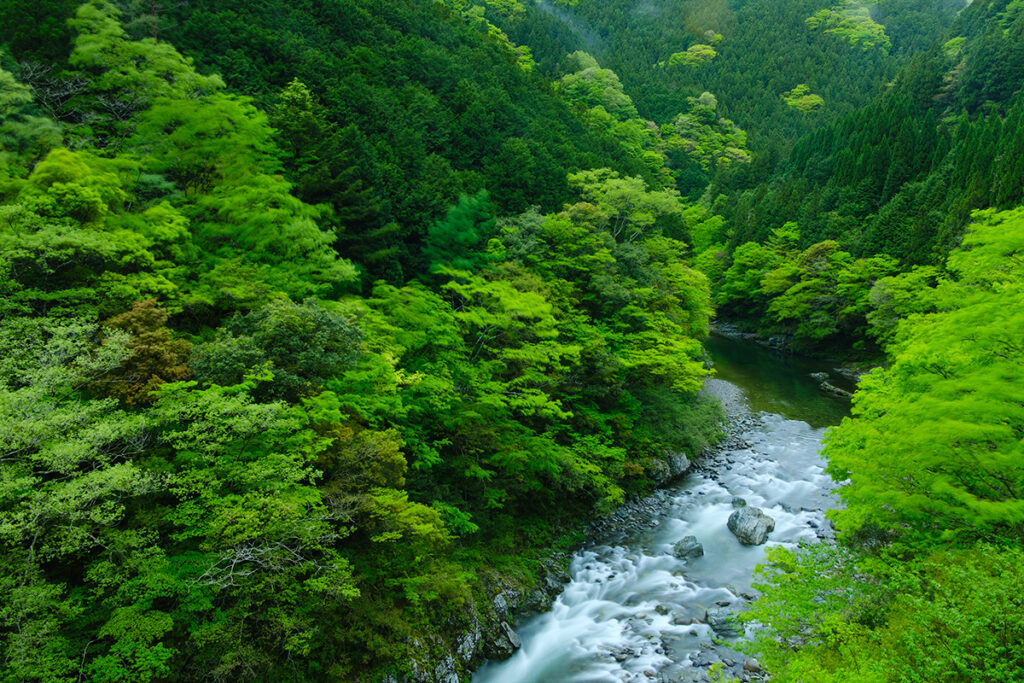
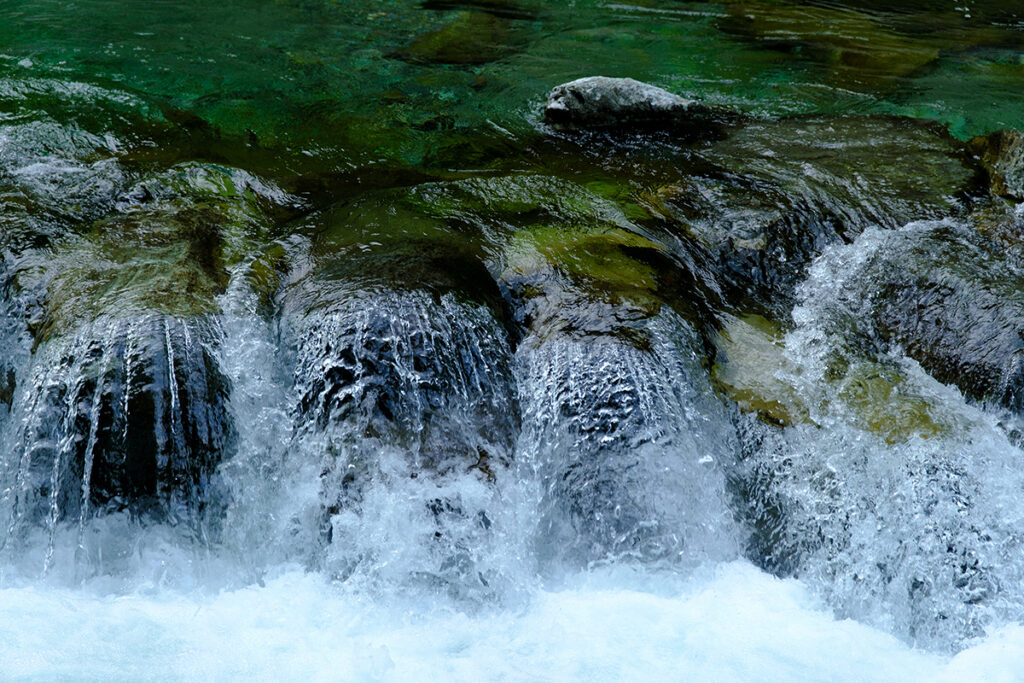
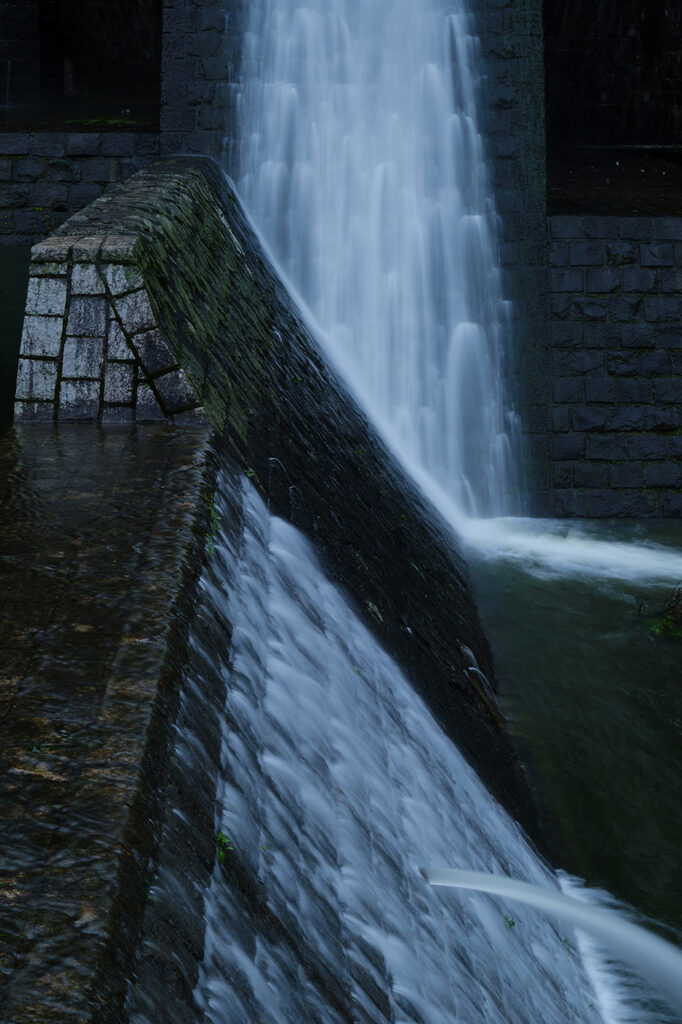
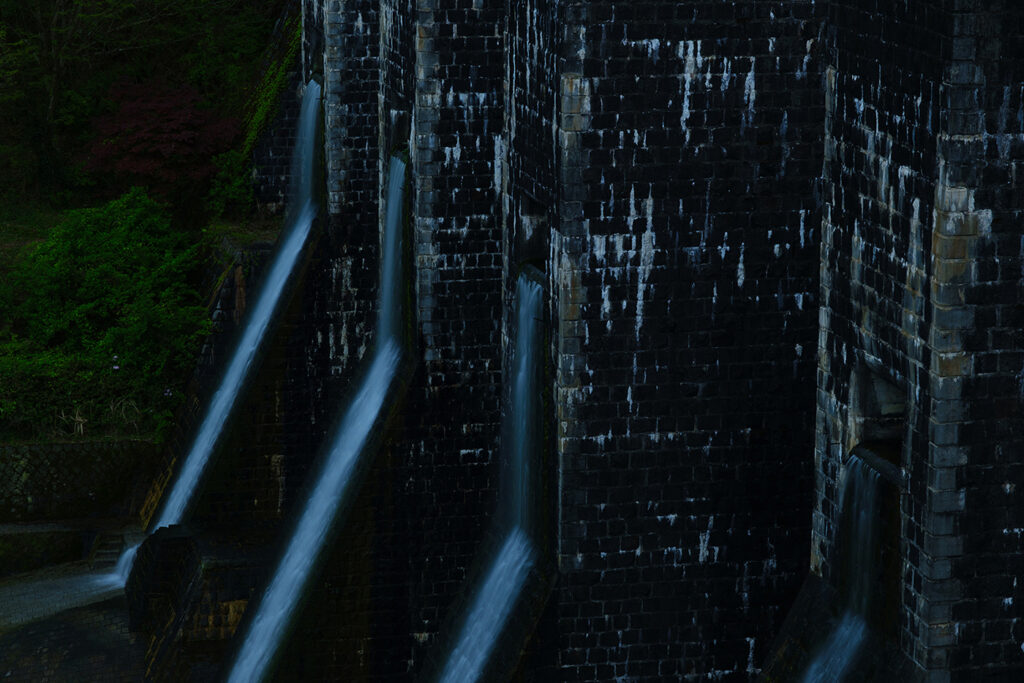
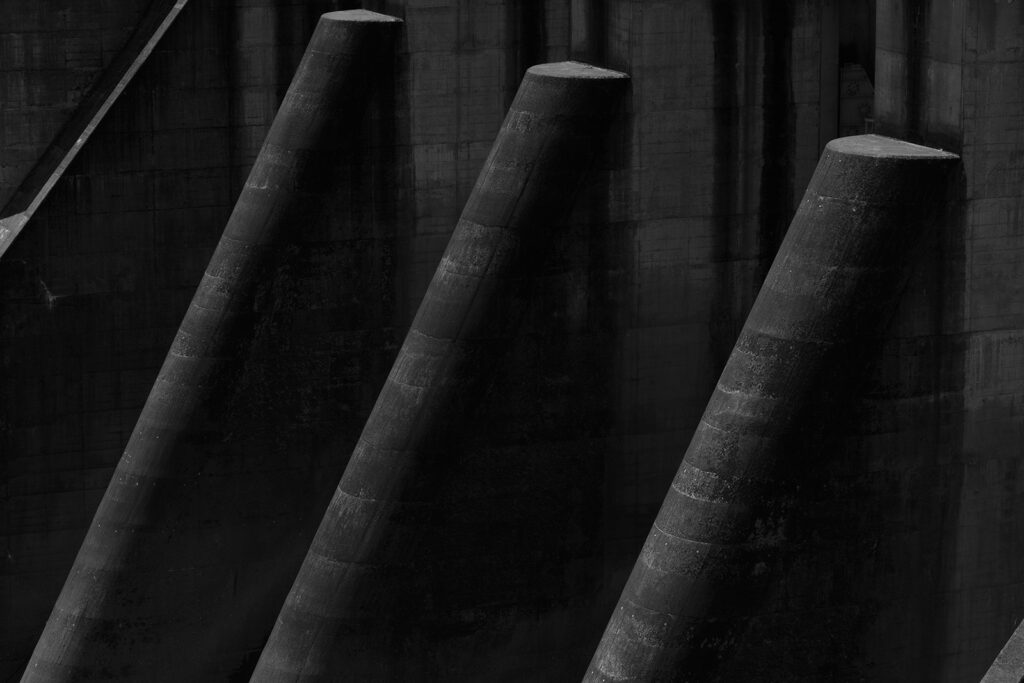
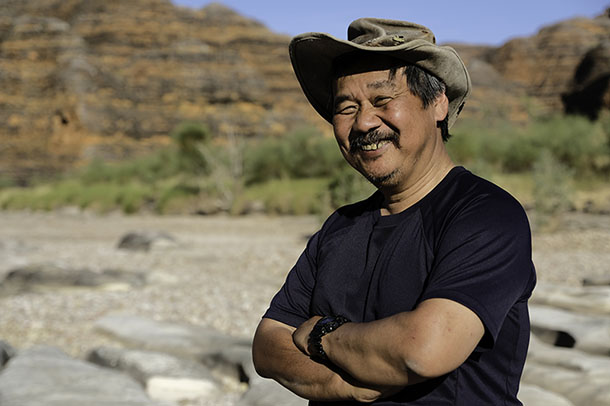




Muy interesante e inprecionante